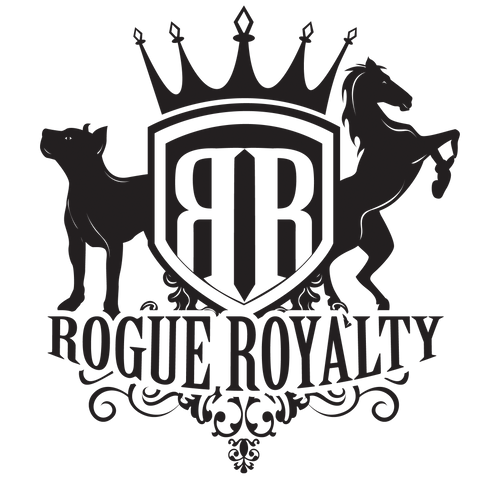In the world of dog training, the eternal debate between dog harnesses and dog collars rages on. Cut through the crap and let's get straight to the point: your choice between a dog harness and a dog collar matters. It's not just a fashion statement; it's a decision that impacts your dog's training, safety, and overall well-being.
The Essentials: Dog Collars and Dog Harnesses
Dog Collars: Simple, straightforward, and timeless. A collar is your dog's ID tag, a leash attachment point, and, if you're into it, a stylish accessory. But let's not fool ourselves—choosing the right collar is more than just picking a colour that complements your dog's fur.
Dog Harnesses: The dog harness distributes pressure across your dog's chest, potentially avoiding the potential neck strain associated with collars.
Dog Collars: Classic Convenience or Potential Chokehold?
The Upside:
1. Leash Attachment Point: Collars are the OG leash attachment point. No rocket science here—clip the dog lead on, and you're good to go.
2. ID Tags: Collars are the go-to spot for your dog's ID tags. It's like a wearable ID card for your furry friend. Lose the collar, and you've lost your dog’s ID—simple as that.
The Downside:
1. Neck Strain: Let's talk about the elephant in the room. Collars can put pressure on your dog's neck, especially if they're prone to pulling. Picture this: a potential chokehold every time your dog decides to go full-on sled dog mode.
2. Limited Control: If you're dealing with Houdini-level escape artists, ill fitted collars might not be your best bet. Slippery necks and determined dogs— can be a challenge to keep in check.
Dog Harnesses: The New Kid on the Block
The Upside:
1. Even Pressure Distribution: Harnesses spread the pressure across the chest, avoiding the neck entirely. A must for car restraints or travelling in the rear of a truck.
2. Comfort: Harnesses are more comfortable than collars for some dogs, especially fearful or anxious dogs. A harness restrains the torso so if the dog is panicked and makes for a contortionist escape a harness provides a safe, secure restraint. The same applies for dogs with respiratory issues or tracheal sensitivities or injuries. Harnesses are designed to distribute pressure evenly, reducing the likelihood of discomfort or irritation.
The Downside:
1. Potential Overconfidence: Some dogs see a harness as an invitation to pull with all their might. Congratulations, you've just turned your dog into a sled dog, and you're the sled.
2. Escape Artist Paradise: Houdini might break free from handcuffs, but your dog can still slip out of a poorly designed harness. Pick your battles wisely. (No dogs escape a Rogue Royalty Dog Harness)
What's Best for Your Dog's Training?
1. Pulling Prowess: If your dog is a serial puller, a harness might give you the upper hand. Collars might just encourage the tug-of-war game.
2. Neck Sensitivity: Consider your dog's neck sensitivity. Collars might be uncomfortable for those with delicate throats.
3. Escape Tactics: Assess your dog's escape artist potential. A harness isn't fool-proof, but it might be a bit trickier to wriggle out of.
4. Training Goals: Are you into casual strolls or serious obedience training? Your choice between a collar and a harness should align with your training goals.
The Bottom Line
Invest in a comfortable, durable dog collar or dog harness to support enjoyable activities such as dog walking or training. A well-fitted one not only provides a secure attachment point for your dog lead but also ensures your dog's safety and comfort during outdoor adventures.
Making the Choice between Dog Collar or Dog Harness
Dog Collar:
For the Traditionalist: Stick with a collar if you're a no-nonsense, old-school kind of dog owner. Rule #1 When a dog is pulling whilst wearing a collar never pull back, (this pressures the trachea ), instead move to the side and the pressure will apply to the muscular side of the neck. ID Tags Central: If your dog's ID is non-negotiable, collars are the designated spot.
Training Lite: Casual strolls around the neighbourhood? Swimming? A dog collar might be all you need.
Dog Harness:
Escape Artist Deterrent: If your dog has a knack for slipping out of collars, a harness could be the solution. Pulling Prevention: For the pullers, harnesses provide better control and reduce the strain on the neck. Training Intensive: Serious about training? Harnesses might be your tool of choice.
Final Verdict: No BS, Just the Facts
The choice between a dog harness and a collar isn't a one-size-fits-all situation. Assess your dog's unique traits, your training goals, and your lifestyle. Don't get swayed by trends or aesthetics; focus on what works best for you and your four-legged companion. Whether you're Team Collar or Team Harness, remember: it's not just about walking your dog; it's about doing it right.
Rogue Royalty have a vast range of the best dog collars and harnesses for you to choose from. Our range includes Slim Fit, Regular Fit or Wide Fit Dog Collars as well as Chain Link Dog Collars, SupaTuff and handmade Leather Dog Collars.
Do you have a super strong dog? Check out our Supatuff dog harness range, we have a range of heavy-duty best dog harnesses for active, powerful dogs as well as everyday dogs and our dog harnesses are designed for functionality and comfort as well as safety. Maximum control, durability, and comfort for every adventure, the SupaTuff dog harnesses are lifetime guaranteed and escape proof guaranteed.
Other different options include QuickFit and Active-X Dog Harnesses as well as Leather Dog Harnesses for small or large dogs.






